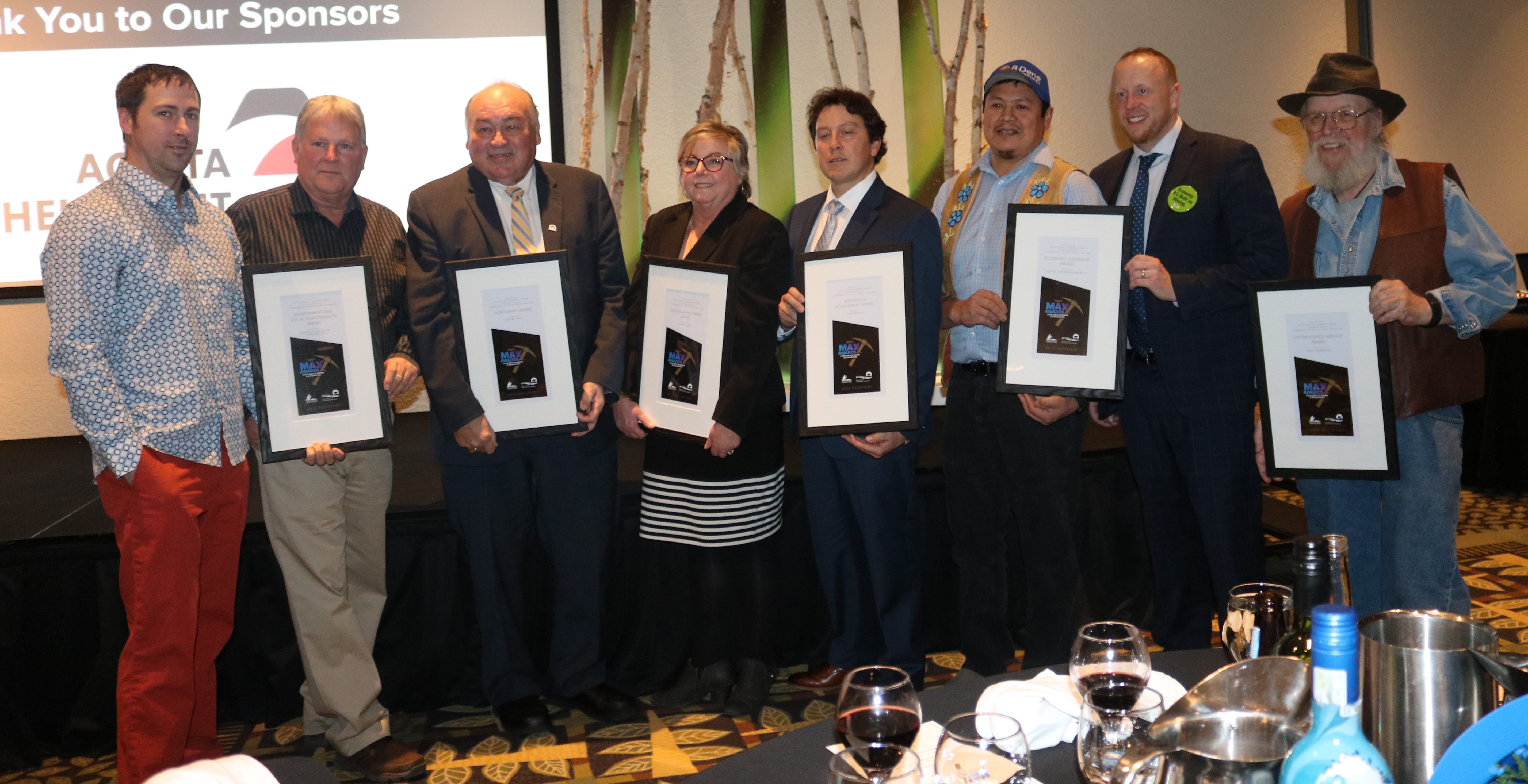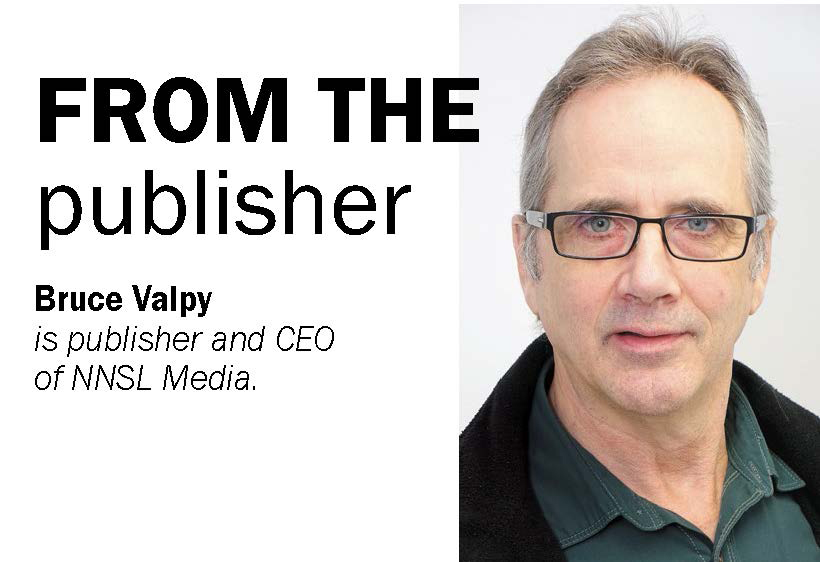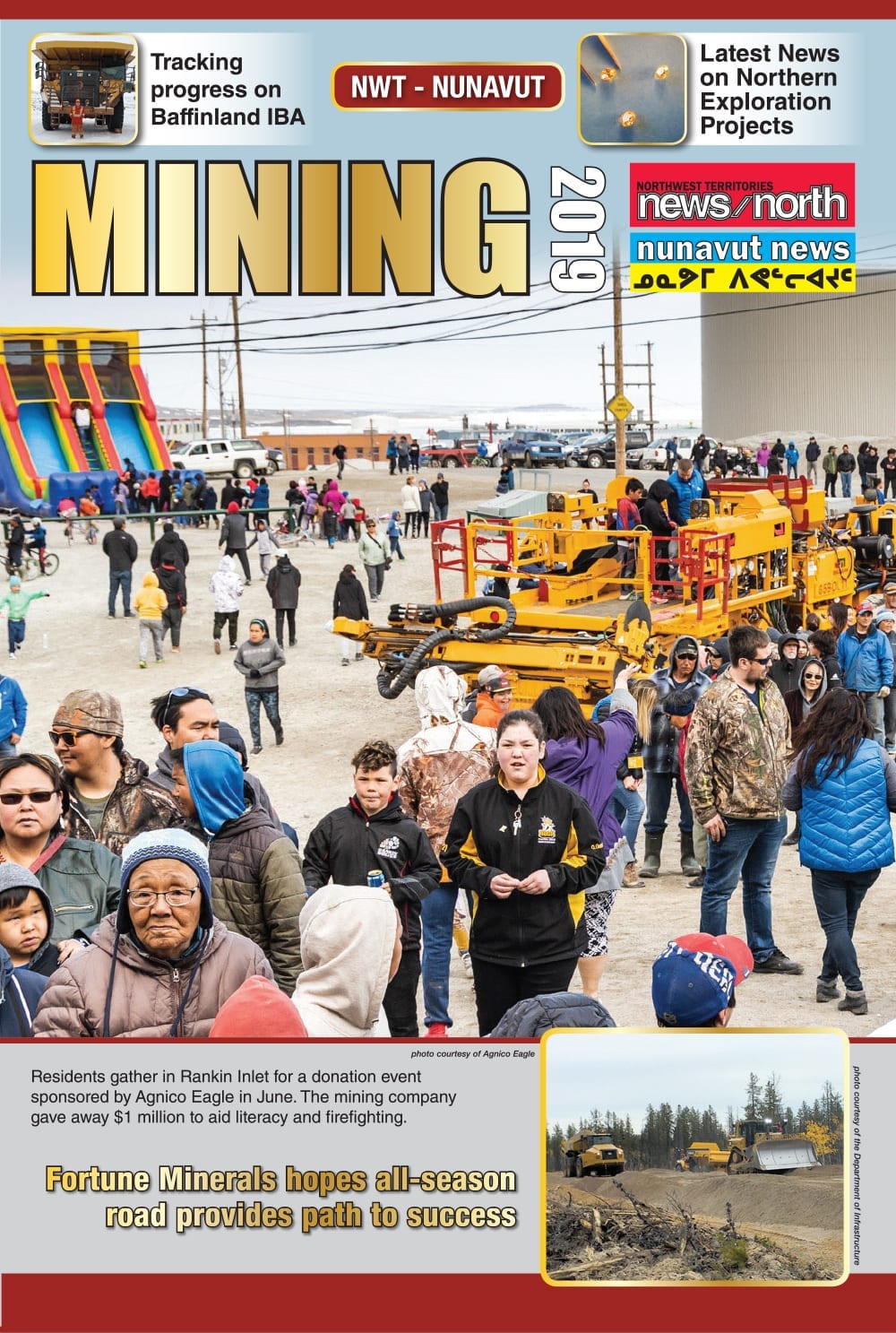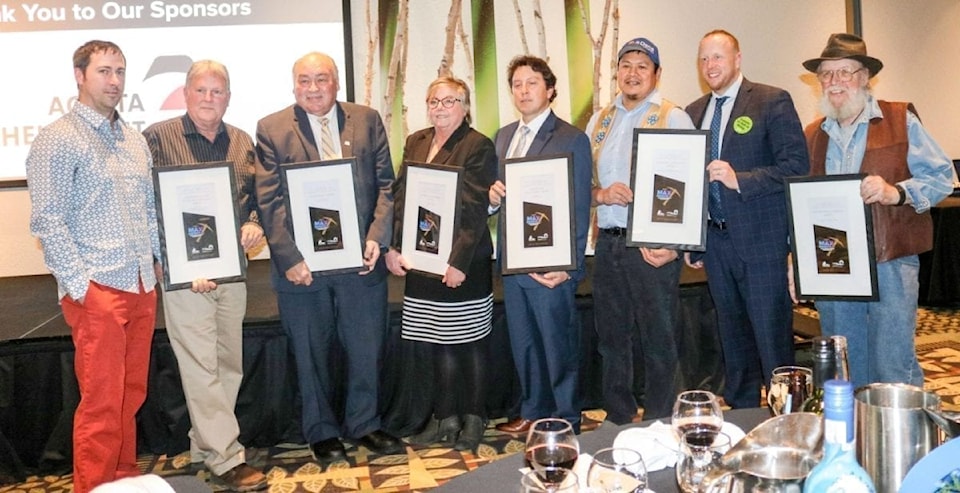
Industry is like fire. It can keep you and your family warm. If industry gets out of control, it can burn your house down. Giant Mine is an eternal example of that.
 At the Geoscience Forum awards dinner earlier this month, there were mining men and women, Indigenous business leaders, premiers, ministers, ex-premiers and ex-ministers. The rest of us there do significant business with the mining industry. These people hold the spark and fuel we need to keep a Northern fire burning.
At the Geoscience Forum awards dinner earlier this month, there were mining men and women, Indigenous business leaders, premiers, ministers, ex-premiers and ex-ministers. The rest of us there do significant business with the mining industry. These people hold the spark and fuel we need to keep a Northern fire burning.
It was significant former Premier Bob Mcleod won an honorary achievement award. A News/North editorial once stated: “if Premier Bob McLeod was any more committed to the mining industry, he would be wearing a hardhat in the legislative assembly.”
Over his two terms, the ex-premier beat the drum for resource development and mining, making the case we needed it to top up the barebones budget we get from the Ottawa. But Premier McLeod was up against three unmoving forces.

The big one is that the United States has turned from a major oil and gas customer to one of the world’s largest producers. Oil and gas deposits in the North are too far away from road, rail, ports and markets to compete. That leaves us with mining, the only other viable option.
Secondly, the regulatory boards are not designed to foster self-reliance for either the NWT or Indigenous governments. Staffed by environmental and regulatory professionals, the information flow and analysis delivered to the board members supports delay and resistance to resource development. These board members are appointed, not accountable to the public. The Joint Review Panel for the Mackenzie Gas Project sat on both the left and right hand of God, answering to no one.
This can be fixed by board elections. Environmental board members are always respected people in the community. The task is important enough, the responsibility so great, they should be elected the same as school boards, representing their regions, balancing protection of the environment with the needs of their people.
The second, perhaps better, solution -- have ordinary MLAs sit on the environmental boards. They will have to work harder but the goal of guiding the Northern economy is central to their job description.
The third problem out of Premier Mcleod’s control was land claims, both past and pending. Poor results stretched over decades demonstrates poor execution by Ottawa. Why did the GNWT side with Ottawa from the beginning, rather than the huge number of Indigenous people they represent? Why limit the land and powers returned to Indigenous governments? Let us agree the stronger the Inuvialuit, Gwich'in, Sahtu, Dehcho, Tlicho and Akaitcho governments, the better the NWT will be. They are after all the Northwest Territories.
Indigenous governments have two choices: Operate entirely off of senior government payments alone, or encourage development too, using the profits to help pay for all the services governments have to provide but can’t fully -- adequate housing, education, mental health and addiction services, jobs.
Note the royalty payments to Indigenous governments in 2017-18 from the resource revenue sharing deal Premier McLeod negotiated. Inuvialuit Regional Corporation: $2.2 million, Gwich'in Tribal Council: $1.4 million, Sahtu Secretariat Inc.: $1.6 million, Tlicho Government: $1.4, million, Northwest Territory Métis Nation: $737,041, Deninu K'ue First Nation: $278,452, Acho Dene Koe First: $199,695, Salt River First Nation: $283,297, Katl'odeeche First Nation: $190,696.
These are not huge dollars but they represent economic hope. The number of people living in poverty in the NWT is huge. About 4,000 people between the ages of 18 and 65 aren’t even in the workforce, almost 10 percent of the population. You can bet the majority by far are Indigenous people, paupers on their own land.
This is after 50 years of Northern governance, delivering the minimum, sustaining perpetual poverty. NWT & Nunavut Mining 2019 reported Ekati, Diavik, Snap Lake and Gahcho Kue provided a combined 56,642 person years of employment from 1996-2017. Northerners – Indigenous and non-Indigenous – represented 49 per cent of that labour, according to the GNWT. That’s what resource development can do. It has to be done properly but it is the lesser of two evils.
